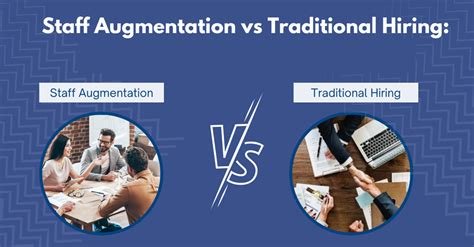In the modern business landscape, remote staffing has emerged as a transformative solution for organizations seeking to access global talent, enhance operational flexibility, and drive productivity. This article serves as a comprehensive guide to building a remote workforce, offering practical insights and strategies to assist businesses in making informed decisions and navigating the complexities of remote staffing.
Assess Organizational Readiness
Before embarking on the journey of building a remote workforce, it’s essential for businesses to assess their organizational readiness for remote work. This involves evaluating existing infrastructure, technology capabilities, and cultural norms to determine the feasibility and suitability of remote staffing. Additionally, organizations should identify key stakeholders, establish clear objectives, and develop a roadmap for implementing remote work initiatives effectively.

Define Remote Work Policies and Procedures
Clear and comprehensive remote work policies and procedures are essential for establishing expectations, guidelines, and standards for remote staff. These policies should address key areas such as communication protocols, work hours, performance expectations, cybersecurity measures, and data privacy regulations. By defining clear policies and procedures, organizations can ensure consistency, compliance, and accountability across their remote workforce.
"Building a remote workforce goes beyond hiring talent; it requires fostering a culture of remote work excellence within the organization. This involves promoting communication, collaboration, and trust among remote teams, encouraging autonomy and accountability, and recognizing and rewarding remote staff for their contributions. By fostering a positive remote work culture, organizations can create an environment where remote staff feel valued, engaged, and empowered to perform at their best."
Leverage Technology for Remote Collaboration
Technology plays a critical role in facilitating remote collaboration and communication. Businesses should invest in robust technology infrastructure, including video conferencing tools, project management software, collaboration platforms, and cybersecurity solutions, to support remote work effectively. Leveraging technology enables remote teams to stay connected, collaborate on projects, and share information seamlessly, regardless of geographical distances.
Recruit and Onboard Remote Talent
Recruiting and onboarding remote talent require a tailored approach to attract, assess, and integrate individuals into the organization effectively. Businesses should leverage online recruitment platforms, job boards, and professional networks to reach potential candidates globally. During the onboarding process, provide remote staff with comprehensive training, orientation materials, and access to relevant tools and resources to ensure a smooth transition into their roles.
Foster a Culture of Remote Work Excellence
Building a remote workforce goes beyond hiring talent; it requires fostering a culture of remote work excellence within the organization. This involves promoting communication, collaboration, and trust among remote teams, encouraging autonomy and accountability, and recognizing and rewarding remote staff for their contributions. By fostering a positive remote work culture, organizations can create an environment where remote staff feel valued, engaged, and empowered to perform at their best.
Provide Ongoing Support and Development
Supporting the ongoing growth and development of remote staff is essential for maximizing their potential and driving long-term success. Businesses should offer opportunities for virtual training, mentorship, and professional development to remote staff, enabling them to enhance their skills, expand their knowledge, and advance their careers. Additionally, providing ongoing support, feedback, and recognition fosters a sense of belonging and loyalty among remote teams.
In conclusion, building a remote workforce requires careful planning, strategic execution, and a commitment to excellence. By assessing organizational readiness, defining remote work policies and procedures, leveraging technology for remote collaboration, recruiting and onboarding remote talent, fostering a culture of remote work excellence, and providing ongoing support and development, businesses can build a high-performing remote workforce that drives productivity, innovation, and success in today’s digital age.





